What is gait analysis, and could it improve your running?
Find out what is gait analysis and how it’s a great way of discovering more information about your run
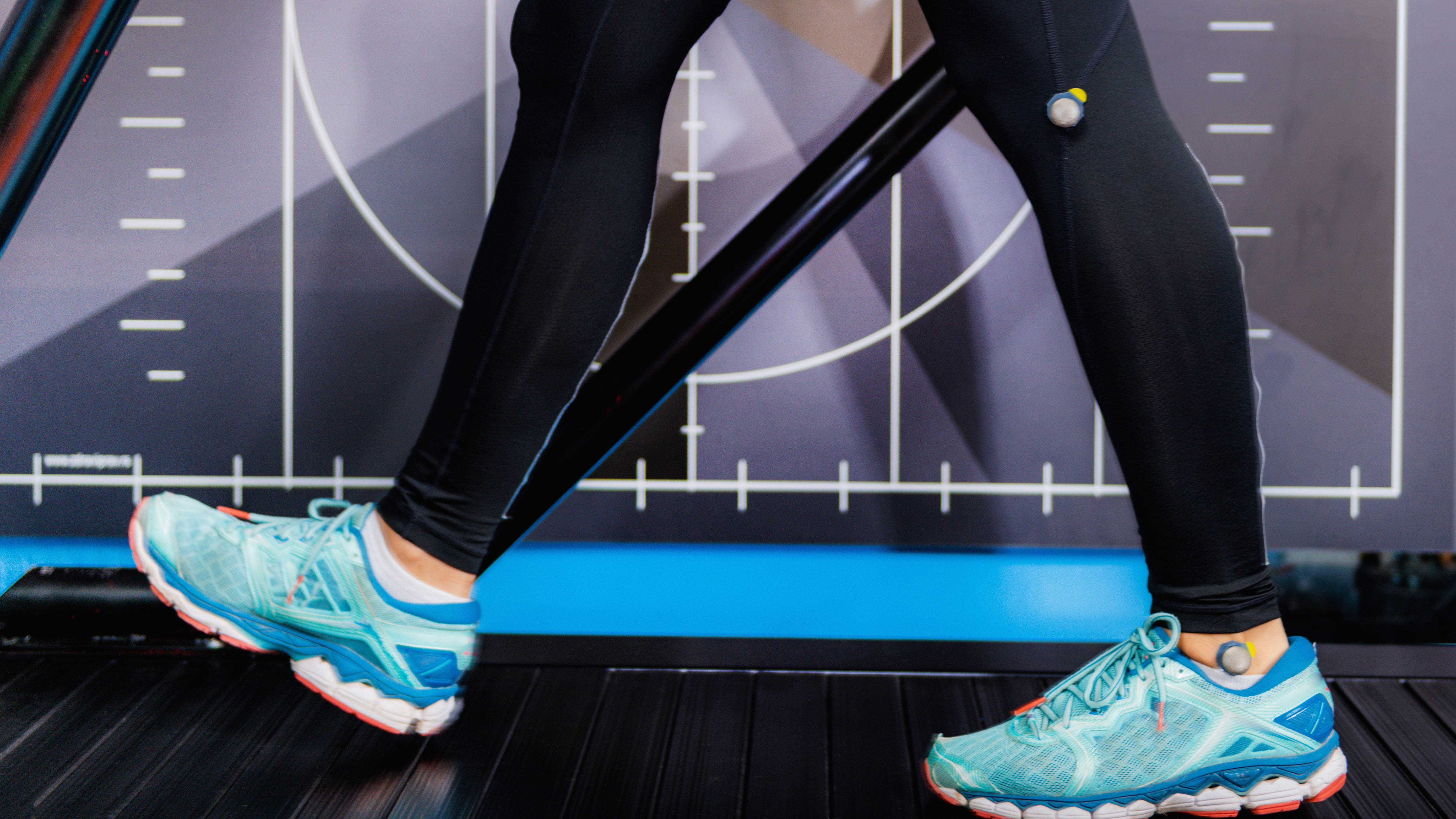
What is gait analysis? Chances are, if you're a runner, it's a term you've heard floating about. If you’re pounding the sidewalk in a favorite pair of running shoes, you may not have stopped to think about whether they’re the right ones. But if your shoes are designed to run in a way that doesn’t fit your stride, you might not only be unconsciously slowing yourself down, but also putting yourself at risk of injury.
Gait analysis is often talked about when buying a running shoe, to make sure you’re getting the right pair to match the way you run. Getting a shoe to match that particular motion can protect joints more effectively, as well as potentially improving your performance.
However, what exactly is gait analysis? We’ll cover your most-asked questions about this process: from how the test works to whether it’s worth doing, all the way to finding out more about your stride to boost your running prowess.
- Related: Best running shoes for supination
What is gait analysis?
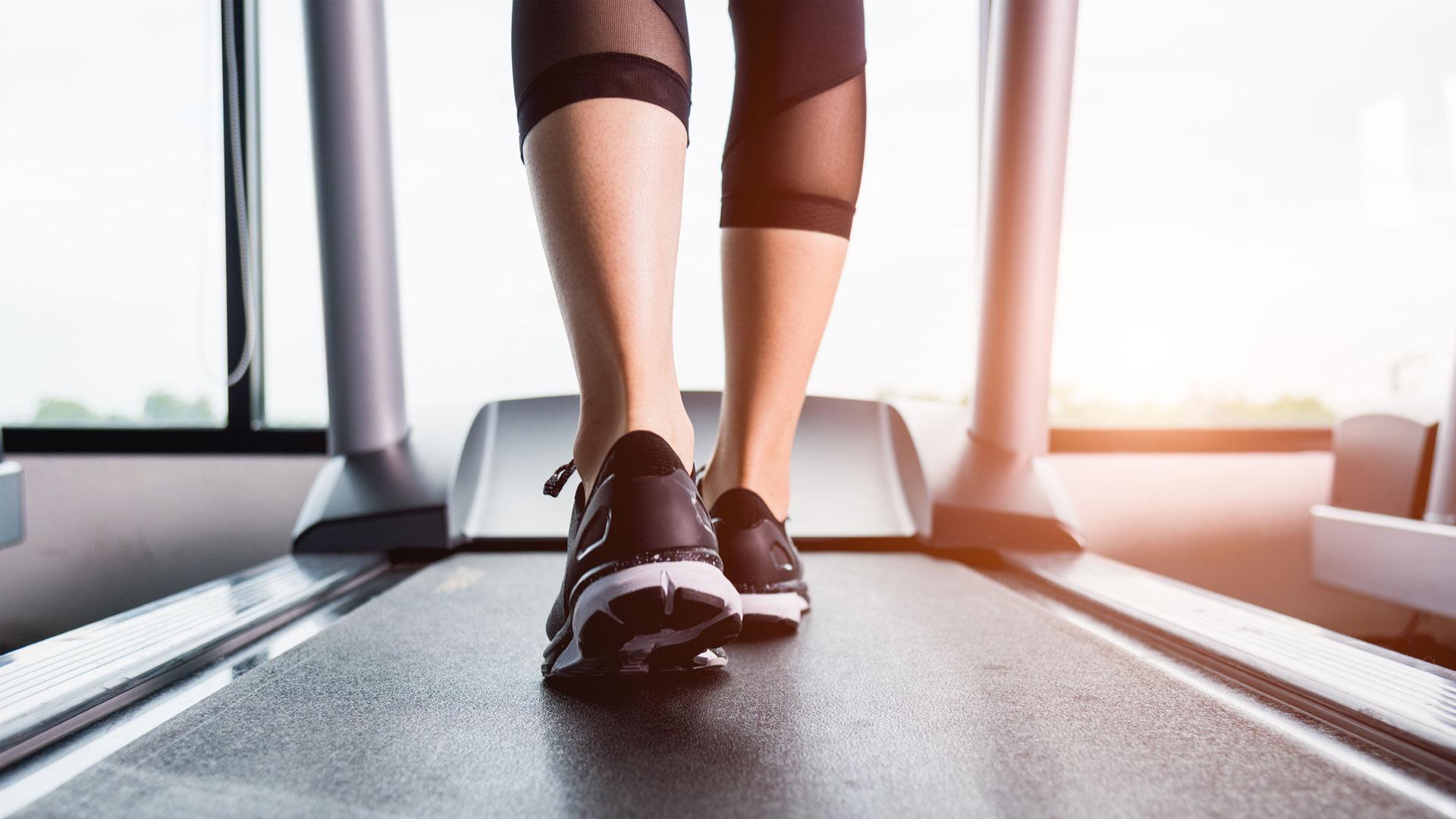
Christian Allen, a product trainer at running specialist store Runner’s Need, is no stranger to gait analysis. According to Allen, gait analysis “is a way of helping to determine which running shoe is best for you” by running on a treadmill for about 30 seconds, while your stride is recorded or observed by an expert.
If your running stride has been recorded, the expert will play the footage back slowly, often frame-by-frame. This will help illustrate which part of your foot hits the ground first and how your feet move while running. Allen says the experts use this information to “take into consideration your running goals, and any previous injuries, to select the correct type of shoe for you”.
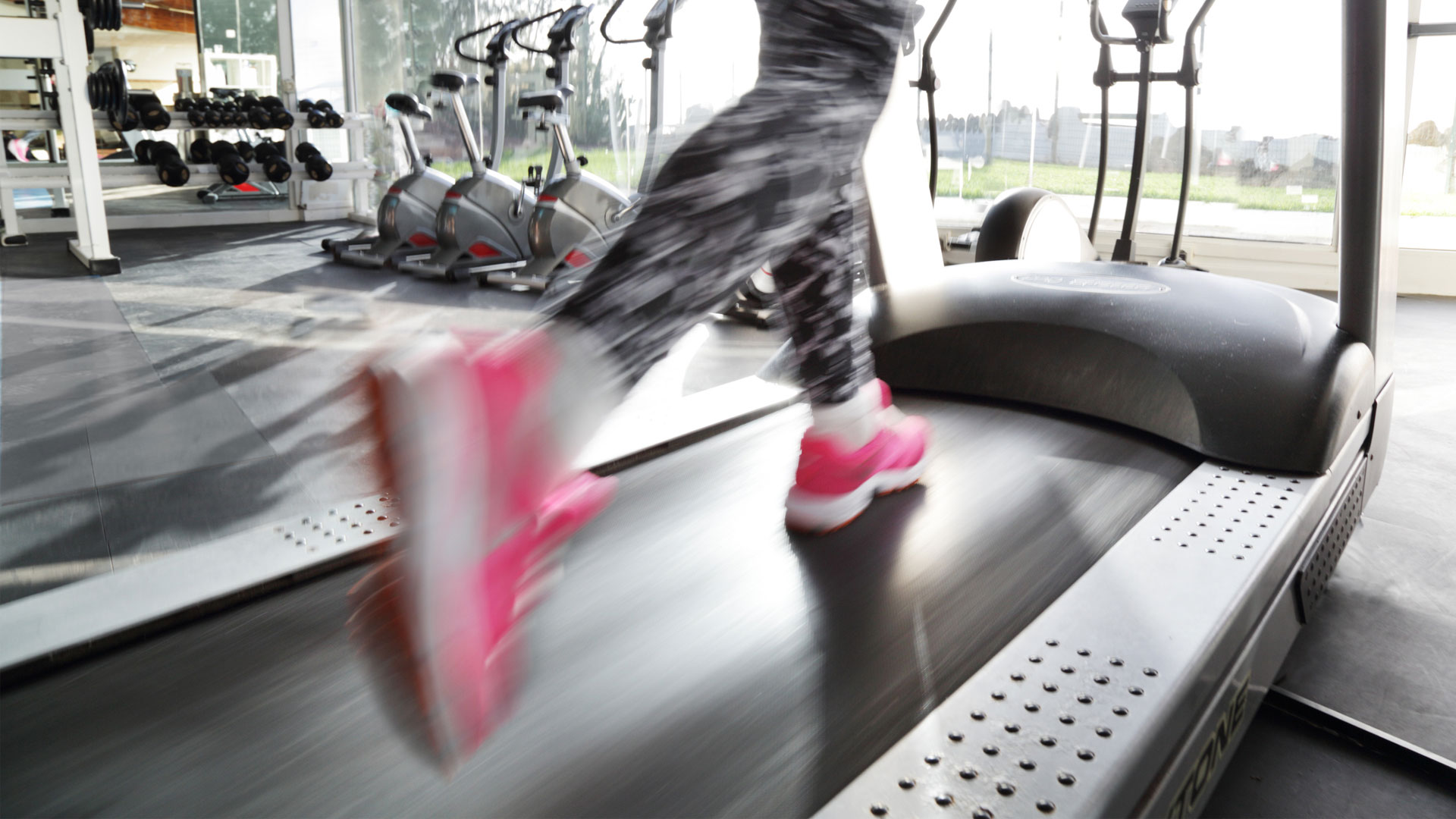
Could gait analysis improve your running performance?
Gait analysis has two purposes: to find a shoe to improve your running performance by making you faster and conserving energy while you run, and to find a shoe to help prevent injury.
The two are closely linked. Dr Grant Trewartha, the head of biomechanics at smart wearable makers Nurvv RUN, says: “The focus [of a gait analysis] may be more on selecting the footwear that will meet a runner's performance needs, but [it also] reduces the chances of injury.
“Ultimately, injury prevention equals performance [improvement] if it allows the runner to progress through their training program without having to take time away from running.”
There are many ways in which finding the right shoe for your gait can boost performance. A running shoe with cushioning in the correct part of the foot can help offset imbalances in your run. Research from the scientific journal Springer has shown people who run with a forefoot strike (ie the balls of the foot hit the ground first, rather than the midfoot or heel) have a higher likelihood of slipping and falling. Getting the right shoe can help prevent this from occurring and teach you how to run properly.
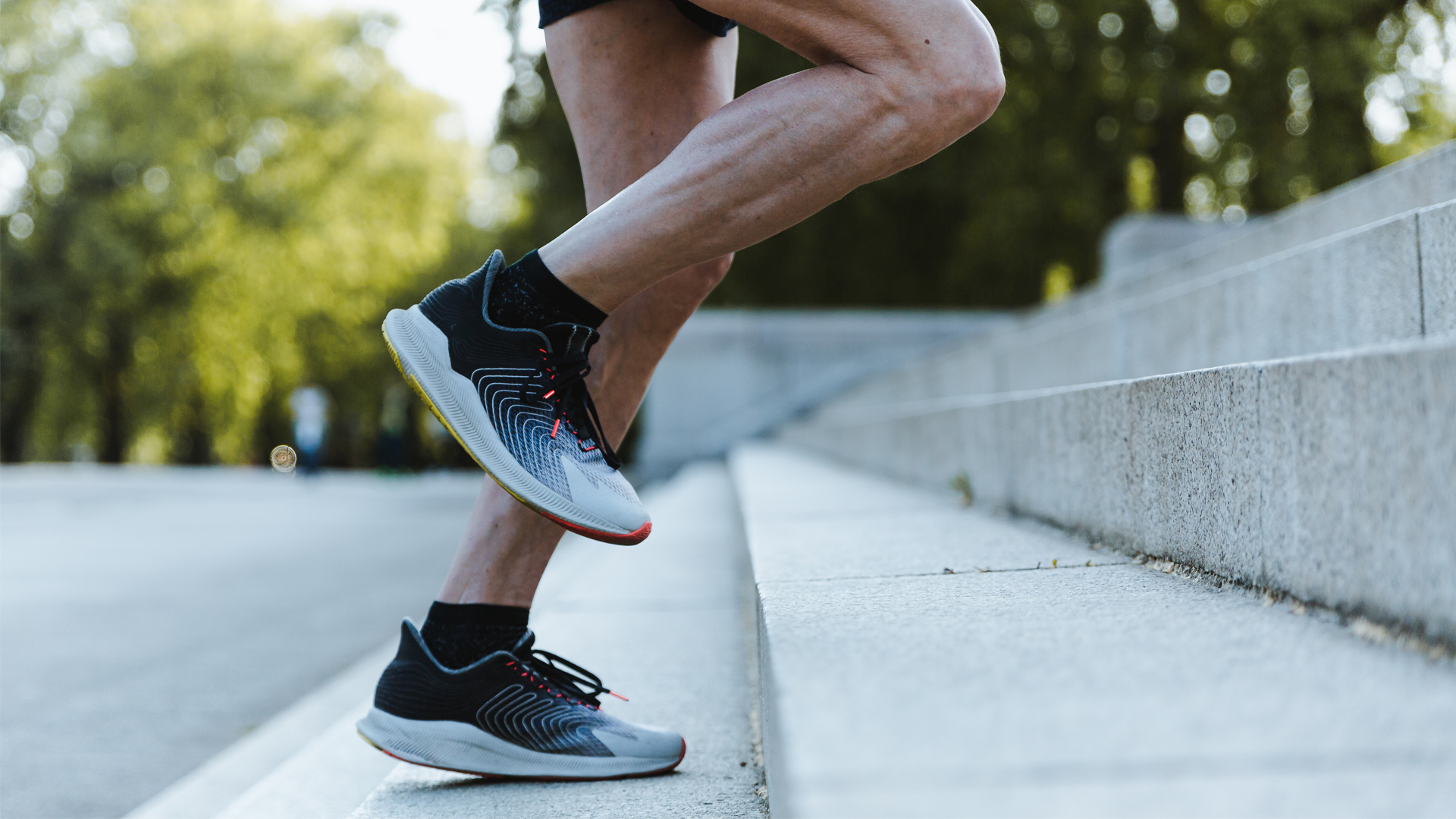
Where is gait analysis done?
Gait analysis is usually best done in a specialist running store. Trewartha says: “Most commonly, a runner might go to a specialist running store and go through a gait analysis as part of a footwear purchase. The sales associate will be using the gait analysis data to look for any obvious running form characteristics that might influence the choice of footwear.”
While going to a specialist running store is usually the most effective way of doing a gait analysis, some services offer remote gait analysis online or through an app. However, your results in this area may vary – especially if you are conducting a gait analysis yourself with your phone’s camera.
What are the different kinds of ‘gait’?
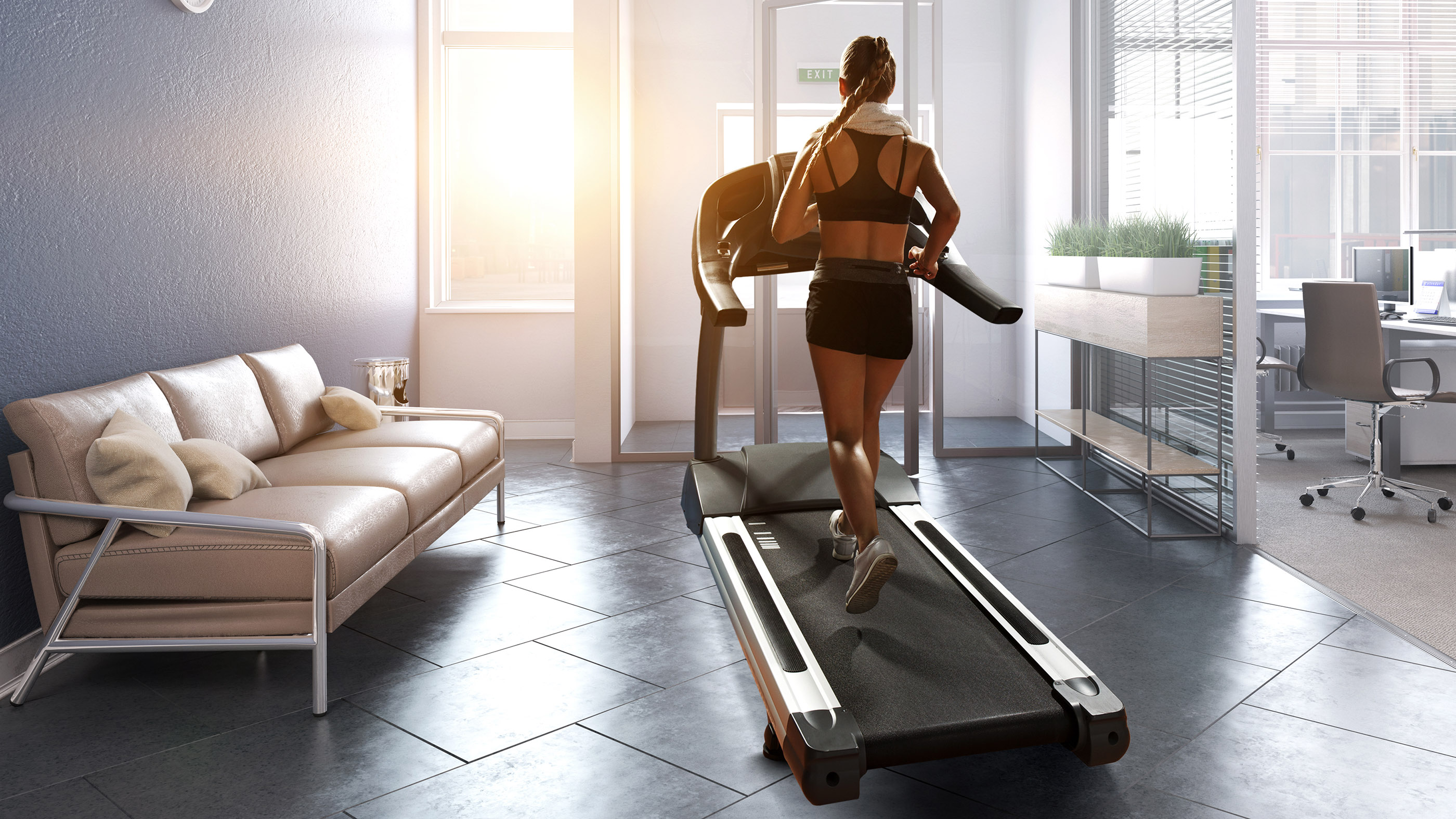
“The aspects of running form that will be considered include foot strike, under-pronation, over-pronation, and impact force,” said Trewartha. “These aspects would be considered, along with some static foot shape and posture measurements, to determine the most appropriate choice of footwear.”
Foot strike is the part of your foot that hits the ground first. The midfoot is considered neutral, while other runners could be more inclined to strike with the forefoot or heel.
Pronation, meanwhile, refers to the way your foot rolls upon landing. Under-pronation, otherwise known as supination, mean the runner tends to hit the ground at a high angle with little-to-no rolling of the foot, causing a large amount of shock in the lower leg. The right running shoe for under-pronators should have ample cushioning and firm support in this part of the foot to offset this injury risk and correct your balance.
- Related: Supination vs pronation
Over-pronators, meanwhile do exactly the opposite: roll the foot too much, hitting the ground with the inside of your heel and foot first, also known as “flat feet”. Over-pronator shoes need to be flexible with heel support to offset this imbalance and protect the feet.
Impact force determines whether you hit the ground lightly or hard, and will dictate how much overall cushioning your shoe may need in certain areas. Using all this information, a good running expert will be able to come up with shoe options to suit your budget and needs.
Sign up for the Live Science daily newsletter now
Get the world’s most fascinating discoveries delivered straight to your inbox.
Matt Evans is the current fitness editor over at our sister site, TechRadar. Armed with a Master’s Degree in journalism from Cardiff University, Matt started his digital journalism career at Men’s Health and stayed on for over two years, where he earned his stripes in health and fitness reporting. Since then, his byline has appeared in a wide variety of publications and sites including Runner’s World, Women’s Health, Men’s Fitness, and LiveScience on everything from exercise, to nutrition, to mental health, alongside covering extreme sports for Red Bull.
Stretching is Matt’s top fitness tip. He originally discovered exercise through martial arts, holding a black belt in Karate, and trained for many years in kickboxing. During COVID he also fell in love with yoga, as it combined martial-arts style stretching with a bit of personal space.
When he’s not training or writing about health and fitness, he can be found reading doorstop-thick fantasy books with lots of fictional maps in them.











